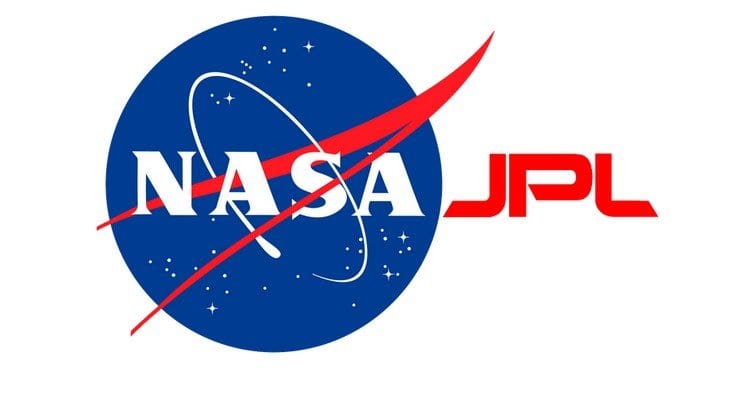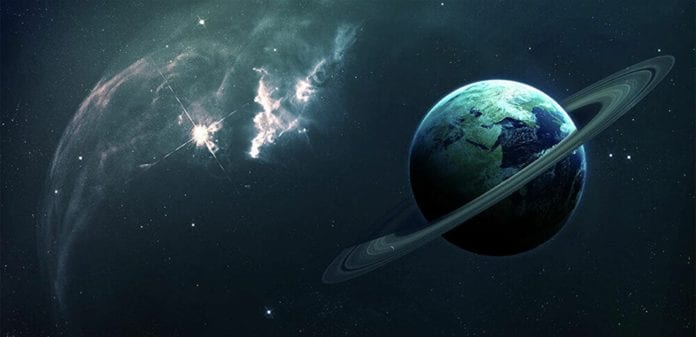NASA’s Jet Propulsion Laboratory and the University of New Mexico have discovered a new planet, calling it “oddly reminiscent” of Neptune. The planet, named TOI-1231 b is a Neptune-like exoplanet and is located outside of our solar system. According to NASA scientists, it is 90 light-years away from Earth and three times as big as Earth. The planet has a potentially rich atmosphere (large hydrogen or hydrogen-helium atmosphere) and holds the possibility of containing water clouds.

The team who discovered the Neptune-like exoplanet
The international team of astronomers was led by Dr Jennifer Burt, an exoplanet researcher at NASA’s Jet Propulsion Laboratory, and Professor Diana Dragomir, an exoplanet researcher at the University of New Mexico. TOI-1231 b, a Neptune-like exoplanet was detected with the help of the data collected by the Transiting Exoplanet Survey Satellite (TESS). The team will publish their findings in an upcoming issue of The Astronomical Journal. The discovery was confirmed using the Planet Finder Spectrograph (PFS) on the Magellan Clay telescope in Chile, which shared details about the mass and orbits of the exoplanet.

Astronomers have revealed that TOI-1231 b reflects characteristics of Neptune in size and density, but temperatures similar to that of our planet. It is one of the coolest exoplanets ever discovered with a temperature of about 140 degrees Fahrenheit. Due to its low density, researchers believe the exoplanet is gaseous and surrounded by a substantial atmosphere, unlike the rocky Earth. NASA scientists suggest that while the new planet seems weird, it is in fact a lot similar to Earth and soon they might see evidence of clouds made of water present in its atmosphere.
Lead scientist Jennifer Burt expressed “One of the most intriguing results of the last two decades of exoplanet science is that, thus far, none of the new planetary systems we’ve discovered look anything like our own solar system”.”The planet itself is actually larger than Earth and a little bit smaller than Neptune – we could call it a sub-Neptune.”, revealed co-author Diana Dragomir.

In just 24 Earth days, TOI-1231 b completes an orbit of its nearby M dwarf star NLTT 24399, also called a red dwarf. It is the most common type of star found in the Milky Way that is smaller but longer-lived than our sun. The bright red-dwarf star falls in the infrared part of the light spectrum, which is invisible to the naked eye but it can be ideally investigated by telescopes like Hubble and Webb. Despite the juxtaposition, this Neptune-like exoplanet has a relatively lower temperature since the red dwarf is also on the cooler side.
It has been observed that this Neptune-like exoplanet is moving away from Earth at such a high velocity that hydrogen atoms escaping from its atmosphere can easily be detected, leaving a trail behind the planet.

A brand new era for exoplanet research
NASA researchers say that discoveries like these mark a new era in the study of exoplanets as we know it. As scientists move from simply detecting these planets to actually observing particular worlds and getting a hold of their atmospheres, the exploration is just beginning. Additionally, the scientists are planning to study the planet later this month taking the help of a technique called transmission spectroscopy where they will be using the Hubble Telescope combined with the far more sensitive Webb Telescope in order to apprehend starlight shining through the atmosphere of the Neptune-like exoplanet.

The molecules in this planet’s atmosphere will absorb bits of light from this spectrum that will leave dark line markings that can be read like a bar code. NASA said that the scientists then will acquire a chance to decrypt the “bar-code” type reading of the atmosphere, revealing which gases are present. This will further let scientists gain a deep insight into the constitution and origination of such exoplanets and planetary systems in the future.
Further reading:


